The Shutterwhale for Nikon: Basic Guide to DSLR Food Photography with D500
Released just over a month ago, Singapore's very first Michelin Guide 2016 first saw the light on 21 July 2016. Ever since then, many restaurants that have been awarded Michelin-stars or the Bib Gourmand status have seen an influx of diners. It has been a couple of months since I have last published my first Basic Guide to DSLR Travel Photography and so I thought it was about time to check out some of these listed places and work on something on food photography instead - please note that this is by no means a guide to actual studio food photography (I am just an enthusiast after all!). Here are four basic tips to help you get that winning (and brag-worthy) shot:
Summer Pavilion - Shot on Nikon D500
One Michelin Star (Michelin Guide Singapore 2016)
ISO 280 | f / 4.5 | 1/200 sec
I have taken all my photos in this guide with a brand new Nikon D500 which is a new DX flagship DSLR by Nikon. While I do use the Nikon D750 (FX) on a day-to-day basis, I decided to bring the Nikon D500 (DX) out for a spin after hearing so much about the camera. Be sure to check out my previous guide If you are wondering what the differences between a DX and FX camera are.
1. Embrace Natural Lighting
The most crucial determinant of a beautifully taken food photo is lighting. Unless you have a full studio set up and professional lighting on hand, you would want to take advantage of natural lighting as much as you can - yes that means sitting by the window or even outside the restaurant (away from the air-conditioning) if you have to!
Summer Pavilion - Shot on Nikon D500
One Michelin Star (Michelin Guide Singapore 2016)
ISO 560 | f / 4.5 | 1/200 sec
If you are not well-versed in the art of flash photography (nope, getting it to flash brightly in a dimly-lit restaurant does not count), you should definitely get a table near a window for optimum lighting to wrap around your subject nicely when diffused. With that being said, you wouldn't want to have the sun shining directly on your table though - this may cause overexposure which will cost you irretrievable details in your photos! When you head down to the Summer Pavilion at The Ritz-Carlton Millenia, Singapore which has been recently awarded with One Michelin Star, you should ask for a table near the window for the best photo-taking opportunities. If you remember what shutter speed was all about, the Nikon D500 features a whooping 1/8000 sec of a shutter speed - that's fast enough to capture a Formula One car in motion! Do note that I have taken the photograph above with a shutter speed of 1/200 sec to capture that motion blur with the pouring of the soup.
2. Plan your Shots
You know how people always say "if you fail to plan, you plan to fail"? Well, this turns out to be exceedingly true in the world of photography. Personally, I always decide whether or not the photo is for my website or for Instagram before I even take it and the reason is simple - I tend to post portrait photos on Instagram and landscape photos for my website in general.
Song Fa Bak Kut Teh - Shot on Nikon D500
Bib Gourmand (Michelin Guide Singapore 2016)
ISO 1600 | f / 4 | 1/160 sec
Since my writing style typically involves the discussion of one dish per paragraph (as shown above), I tend to take photos of individual dishes on their own. With Instagram posts however, I frequently post only one photo per dining establishment and therefore, I would like to capture as much as possible (as shown below).
Song Fa Bak Kut Teh - Shot on Nikon D500
Bib Gourmand (Michelin Guide Singapore 2016)
ISO 1000 | f / 4 | 1/160 sec
With dishes that are seemingly flat, it may be a good idea to create some 'height' or 'depth' as shown in the pork rib soup photographed above. One way to increase the focus of your subject would be to use a fast lens that will enable you to use a shallow depth field (I shot it on f/4 but feel free to shoot at a larger aperture) - this will allow you to throw the background out of focus.
As it is very unlikely you will be the only one in the restaurant, it is essential you plan your shots ahead. You can do this by going online and finding out what kind of dishes they serve. When at the restaurant, suss out what kind of plating the restaurant uses and try picturing how will each photo look like when shot at a particular angle and the background they would have.
Furthermore, planning your shots ahead can be the difference between being a considerate and an inconsiderate diner. You don’t want is to turn your meal into an impromptu photography session for your friends or get in the way of servers in the restaurant.
Kok Sen Restaurant - Shot on Nikon D500
Bib Gourmand (Michelin Guide Singapore 2016)
ISO 2200 | f / 4 | 1/125 sec
3. Less is More
If your goal is to merely to show how much food you’ve ordered, it is almost always better to have as little subjects as possible in your food photos (with the exception of scenarios explained above) - after all, the food is the star of your photography. Depending on the intended dish to photograph, bringing a component of the dish towards the camera may sometimes be a great idea. In the photograph above, the claypot yong tau foo from Kok Sen Restaurant (albeit delicious!) was too 'flat' and therefore the introduction of a hand helped to create a little more dimension in the photo. Feel free to make use of the relevant things on the table to add some context into your photo - I added the iconic purple bowl and cut chilies to remind people of where the photograph was taken.
Summer Pavilion - Shot on Nikon D500
One Michelin Star (Michelin Guide Singapore 2016)
ISO 720 | f / 4.5 | 1/200 sec
Use the most common rule of thirds to frame your photograph if you do not know where to begin but be sure to express yourself freely. Rules are meant to guide you on the way you take a photograph - not dictate you! As you can see in the photograph above, I have decided to feature the dish in 80% of the frame but I have managed to place that masterfully executed brush stroke by the chef within the rule of thirds - find a combination that you are comfortable with and work with it!
4. Find Your Angle and Style
It’s not just people that have a "better side" to photograph, food does too! Some items are best shot zoomed in at eye level while others are better zoomed out with a 45 degree tilt. For example a flat round pizza will usually look best shot from directly above while a stacked burger will look great directly at eye level. While these are general photography conventions, feel free to break them if you feel like you can get a more interesting shot that tells the story you want to tell!
Kok Sen Restaurant - Shot on Nikon D500
Bib Gourmand (Michelin Guide Singapore 2016)
ISO 1800 | f / 4 | 1/125 sec
Like I have mentioned earlier before, even though the 'Less is More' rule applies in most instances, you should experiment to find a frame that suits you best. You should also be able to estimate (even very roughly!) how wide (or narrow) your attached lens is to the body of the camera. Since I shot most of these food photos with the Nikon D500 and a trust 35mm f/1.8 lens (approx 53mm on an FX-body), I knew the boundaries of the lens and therefore I was able to quickly frame the photos in my head before moving in to capture them. My honest opinion is that if you are unable to capture a photo that you want within minutes, twenty more isn't going to help you - besides how do you let good food sit there and die?!
Zaffron Kitchen - Shot on Nikon D500
Bib Gourmand (Michelin Guide Singapore 2016)
ISO 1000 | f / 2.5 | 1/100 sec
Sometimes getting terrible lighting is just inevitable - just make sure the food is worth it! I used to fancy going to Zaffron Kitchen (albeit pricey!) for Indian cuisine but I think that the quality of food (but more importantly service) has gone down the drain quite a bit recently. Most importantly, remember you are out having a meal with your friends and family - taking photos may be fun for youand all but not everyone appreciates having to wait five minutes (or even more!) before being able to dig in. Oh, and please stop placing food on the floor (especially if you intend to share it), it's just boorish and needless to say, filthy.








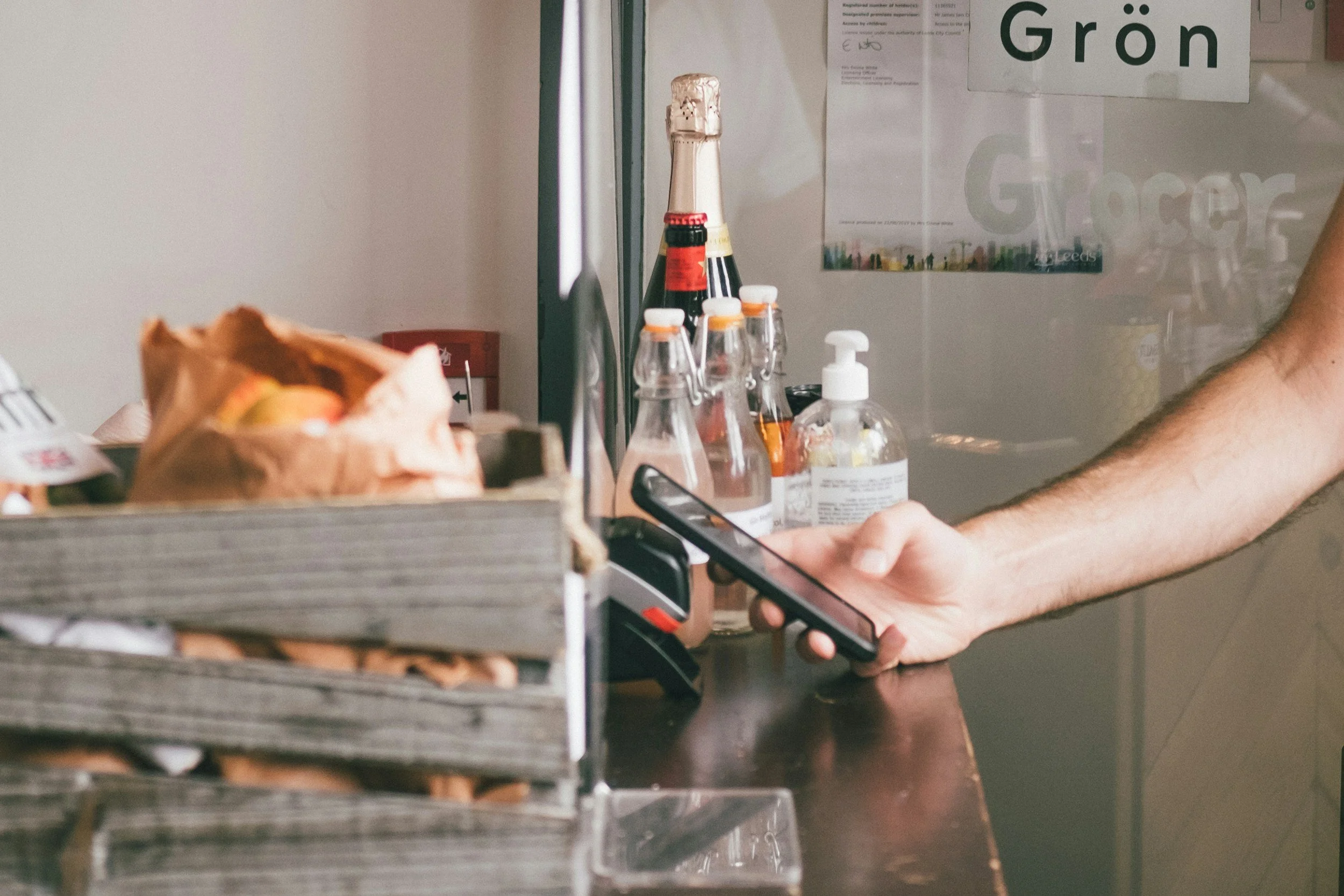
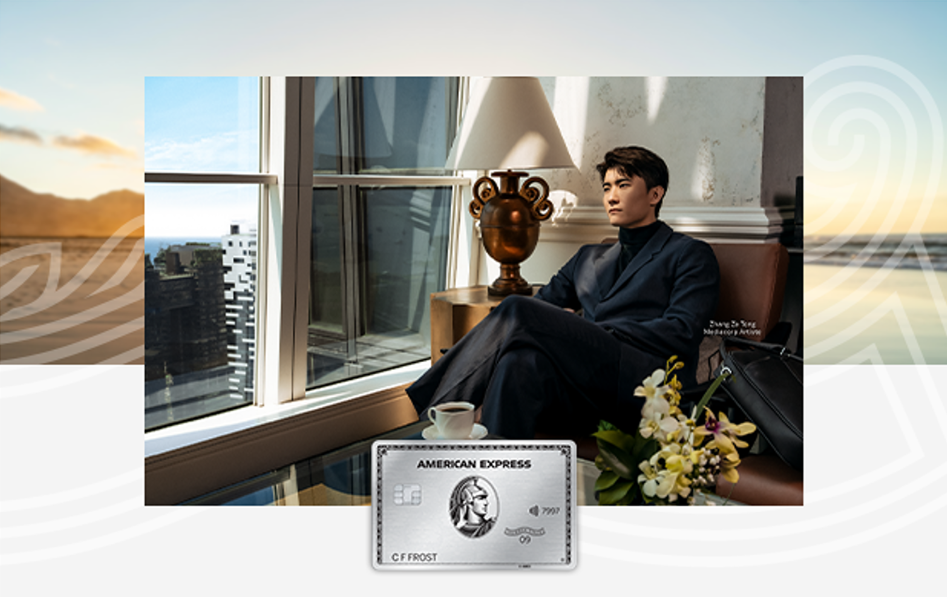
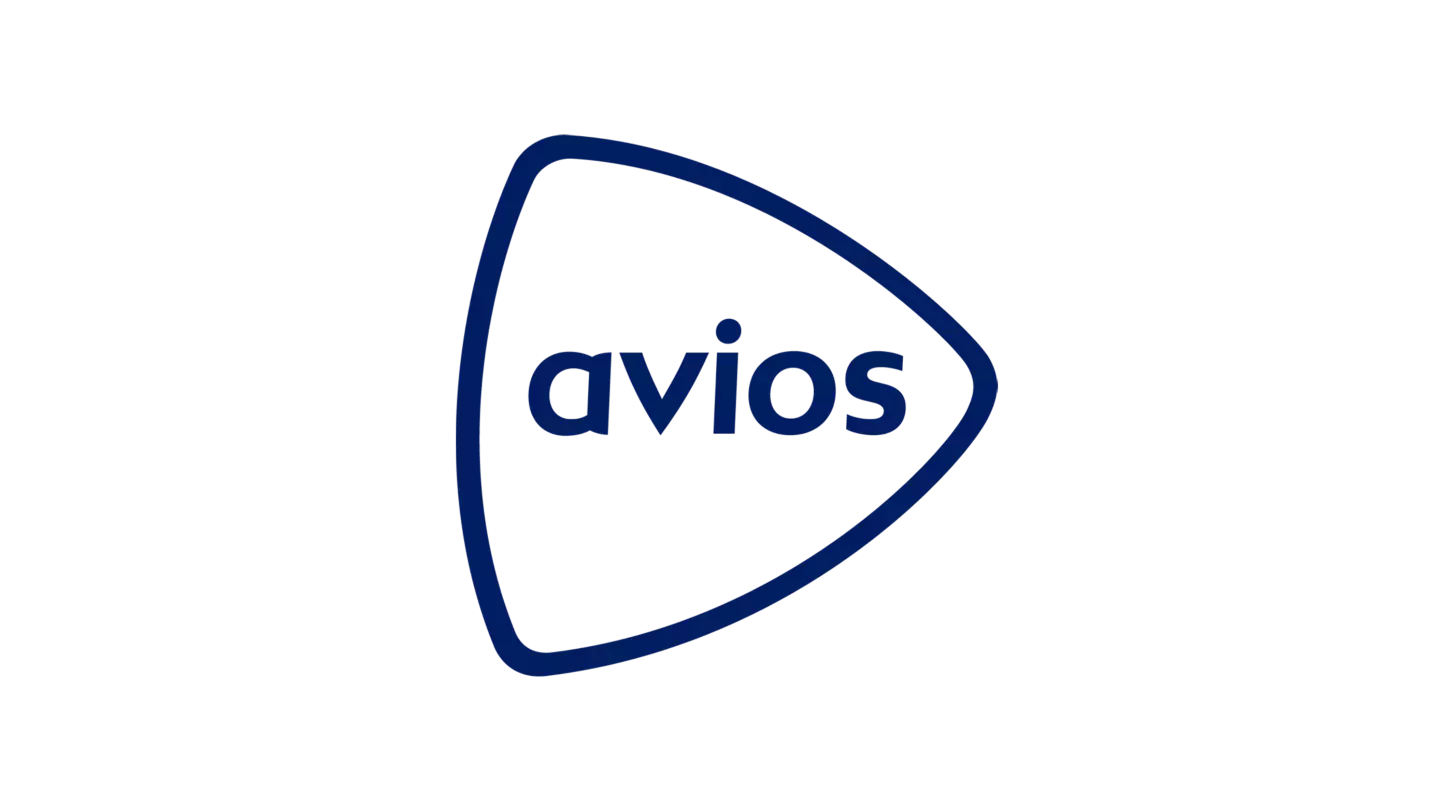

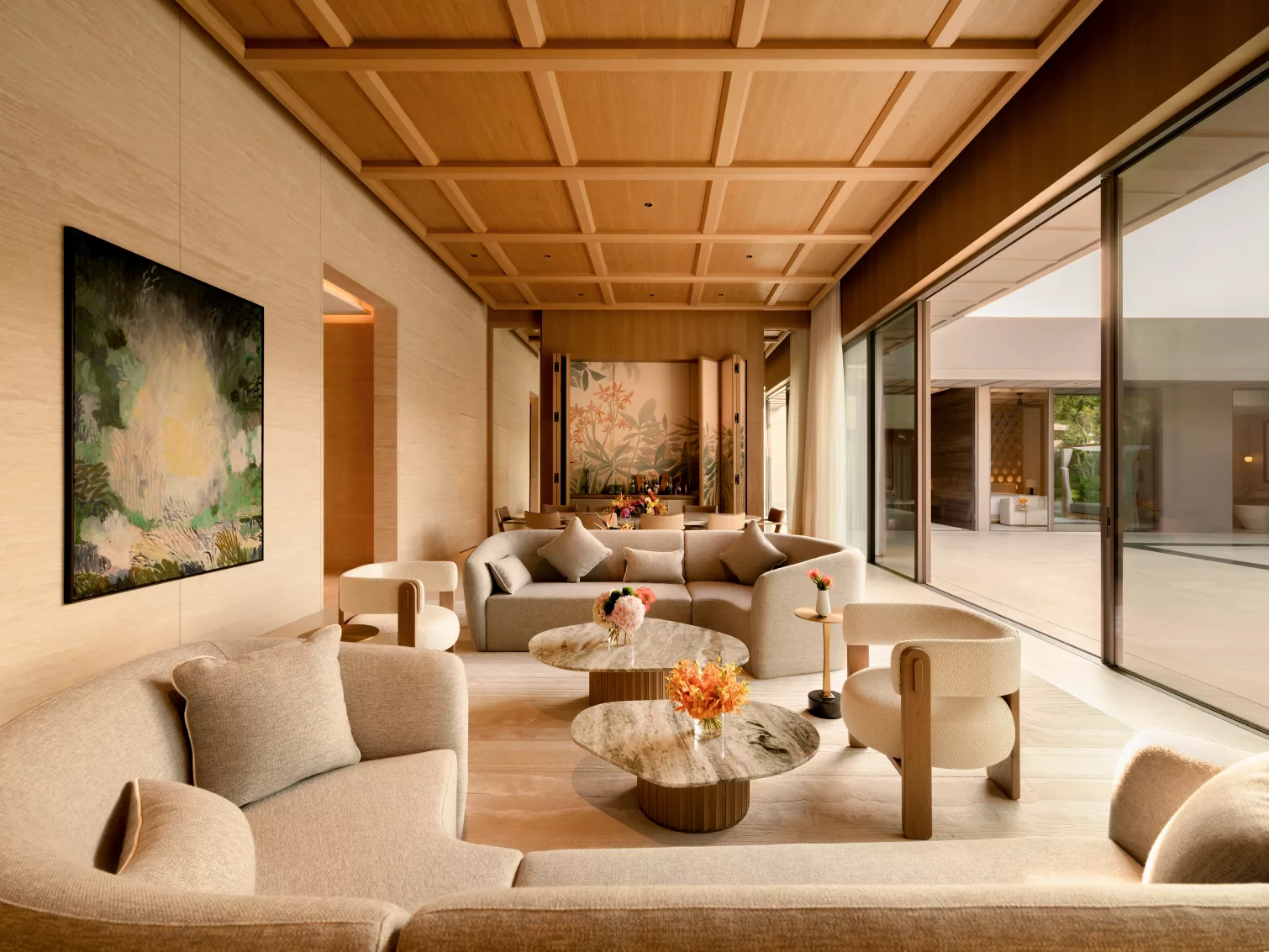

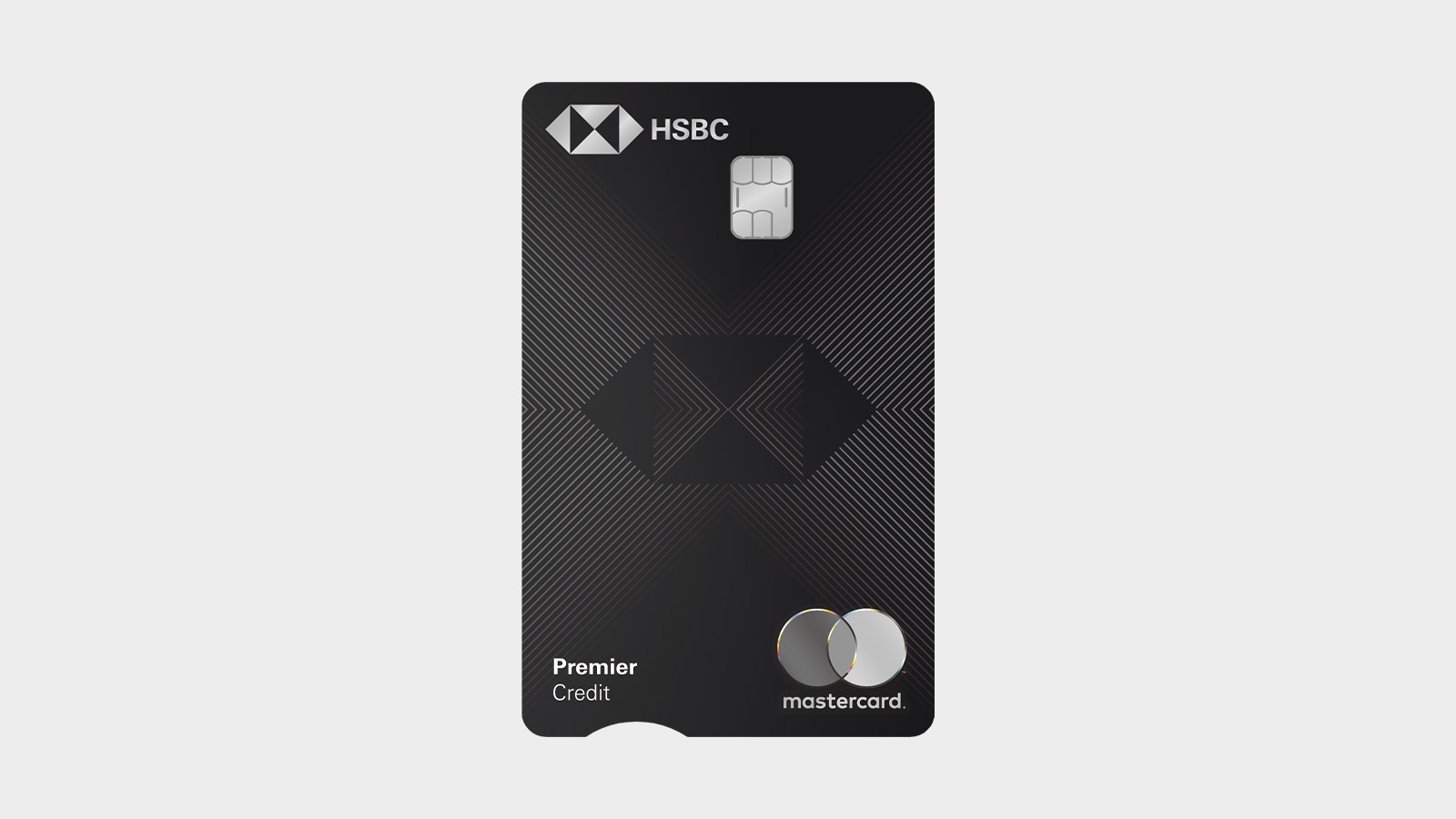


While seasoned miles chasers often look to foreign carriers for significant cost savings and sweet spots, Singapore Airlines KrisFlyer remains the undisputed default for the vast majority of Singaporeans. From the sheer number of credit card transfer partners to the preference for direct flights over stopovers, KrisFlyer is the Ya Kun of the miles game.